Info
Subfamily: Pooideae
Genus etymology: Koeleria = honorific for Georg Ludwig Koeler (1765–1807)
Species etymology: macrantha = "large flower" [Latin] refering to the size of the spikelets
Photosynthetic type: C3 (cool season)
Nativity: naturalized - accidental
First recorded in Hawaiʻi: 1909
Map
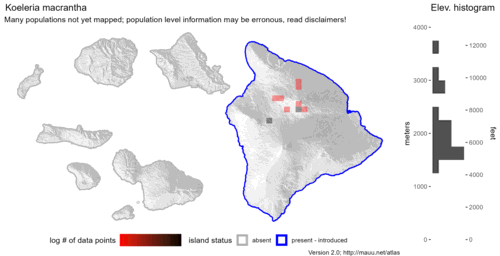
Inflorescence
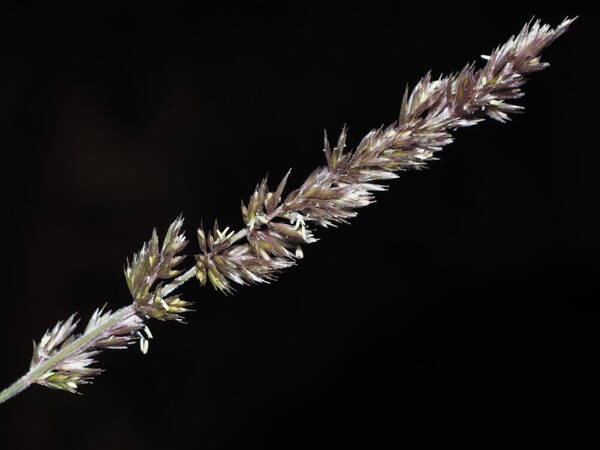
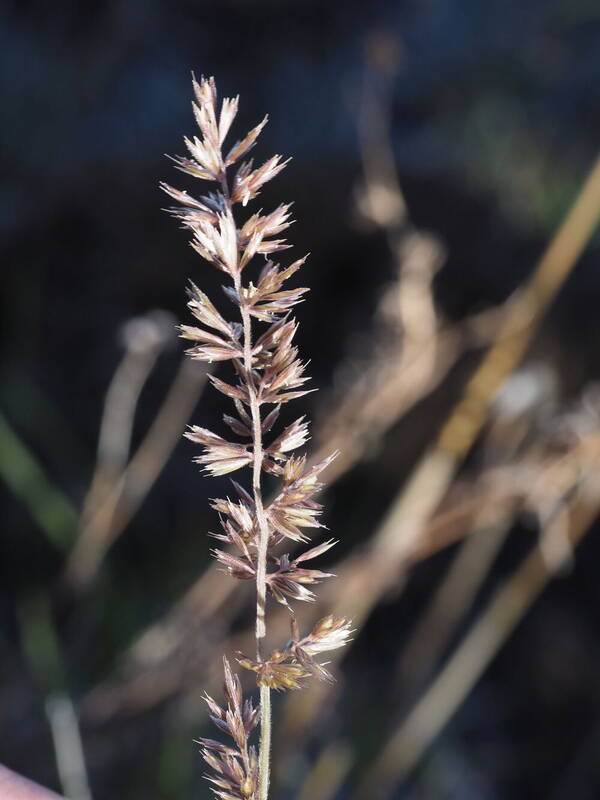
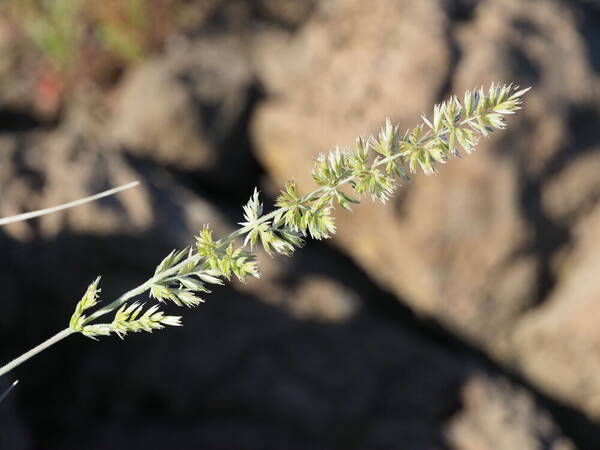
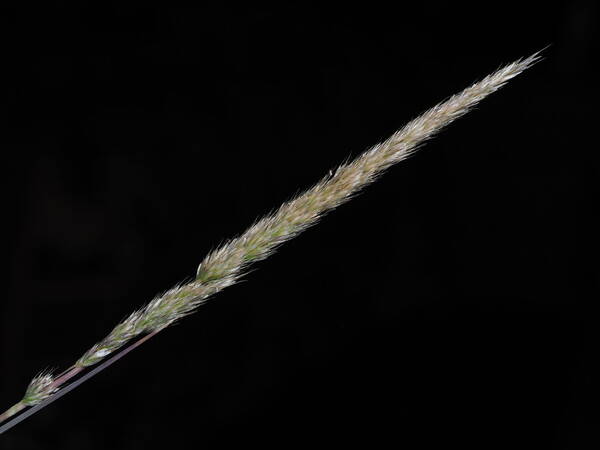
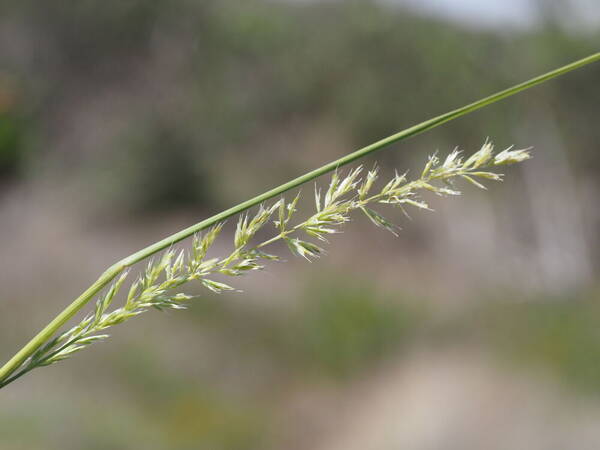
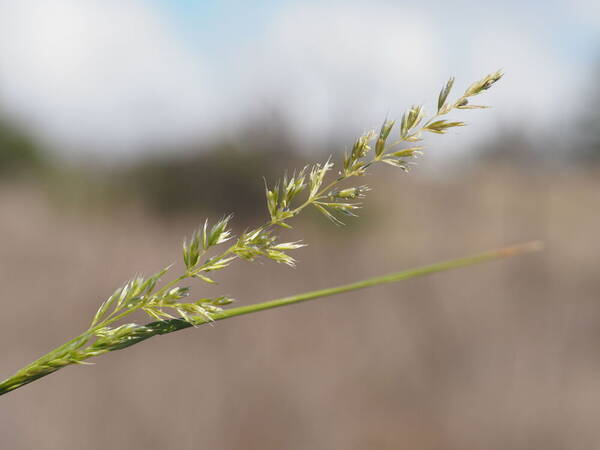
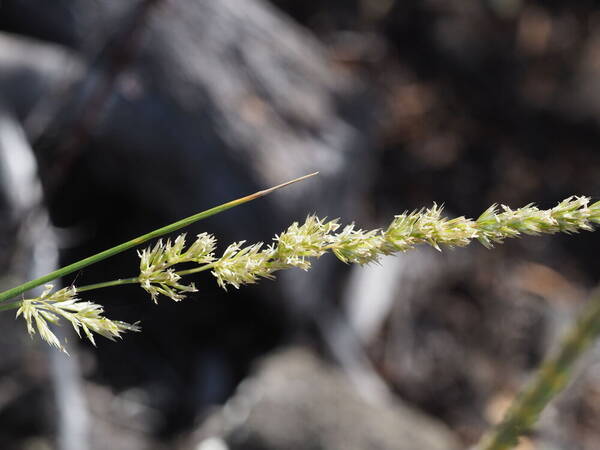
Plant
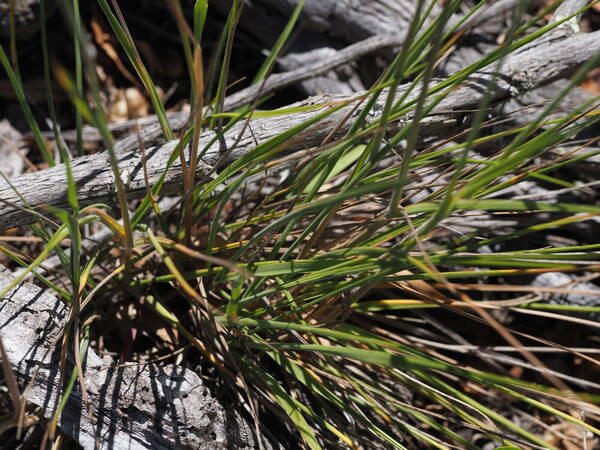
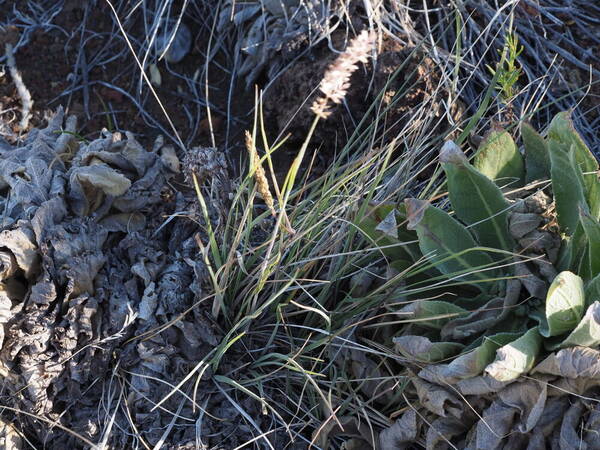
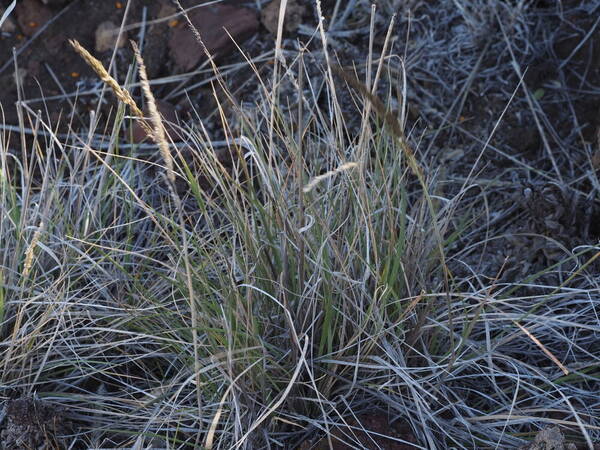
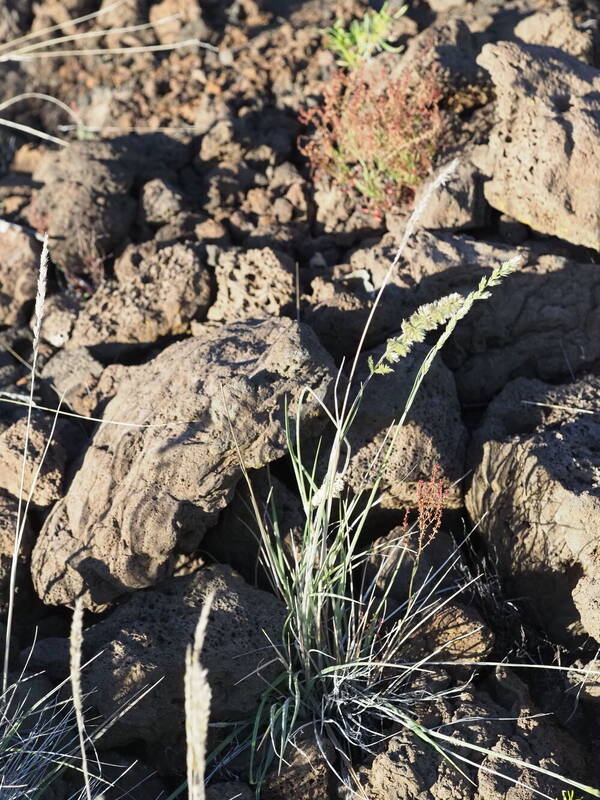
Spikelets
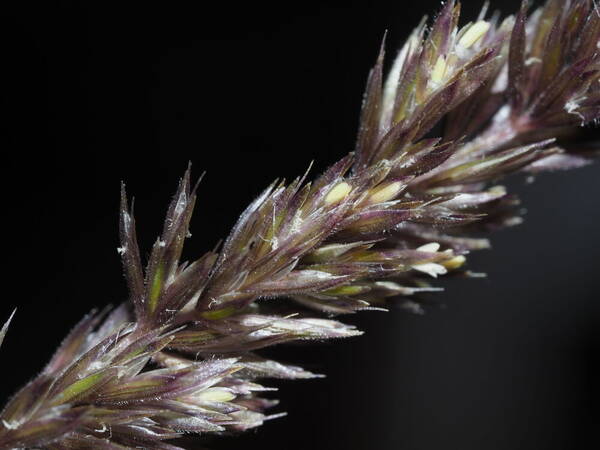
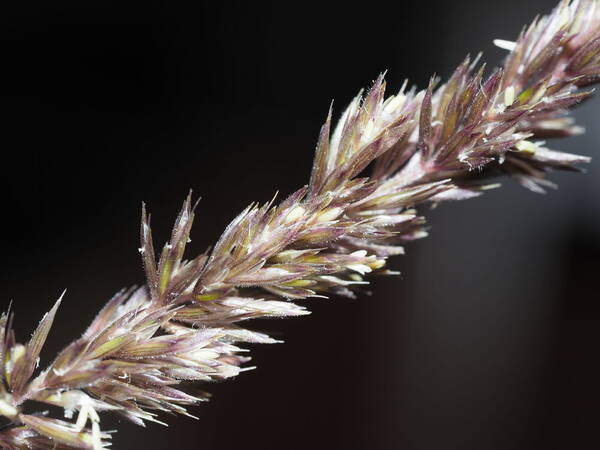
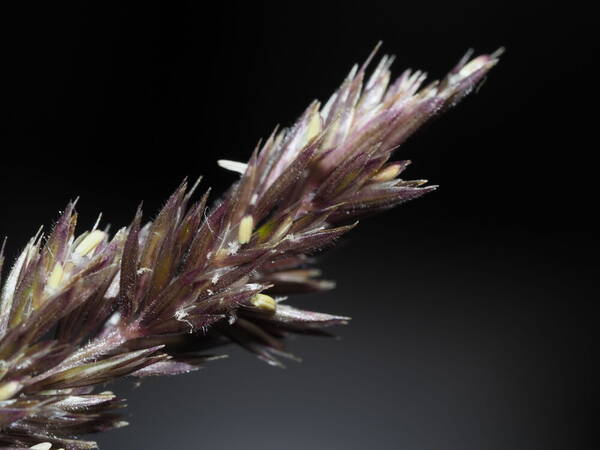
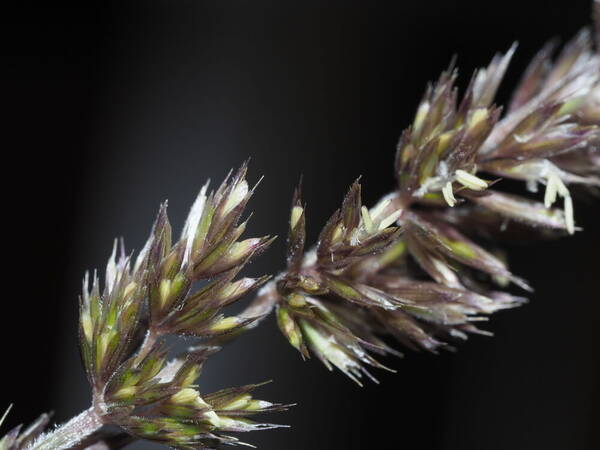

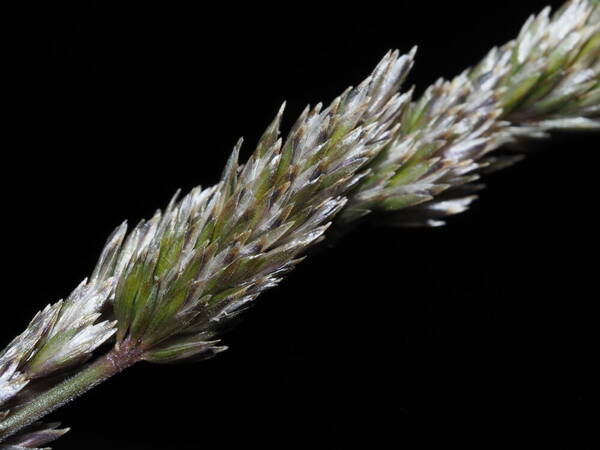
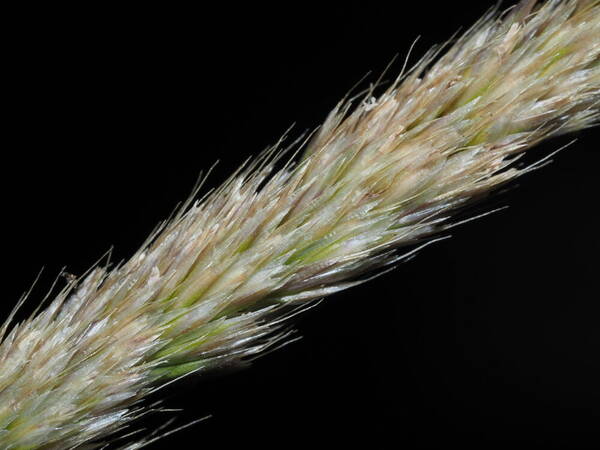
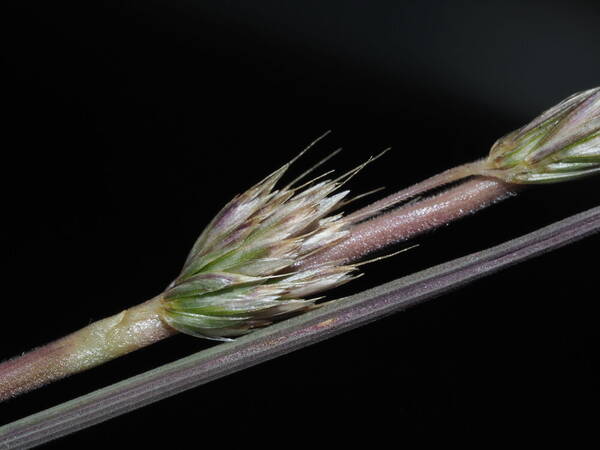
Collar
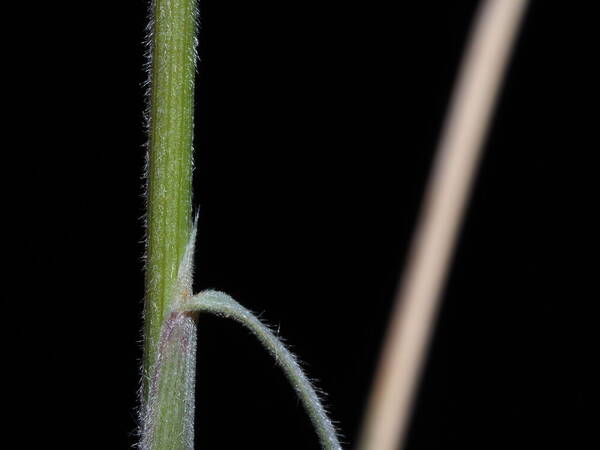
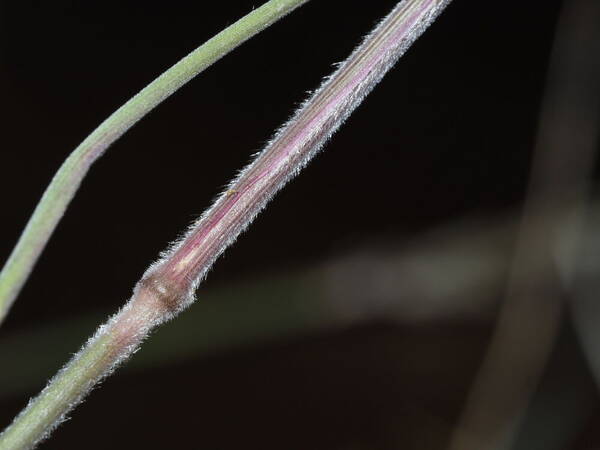
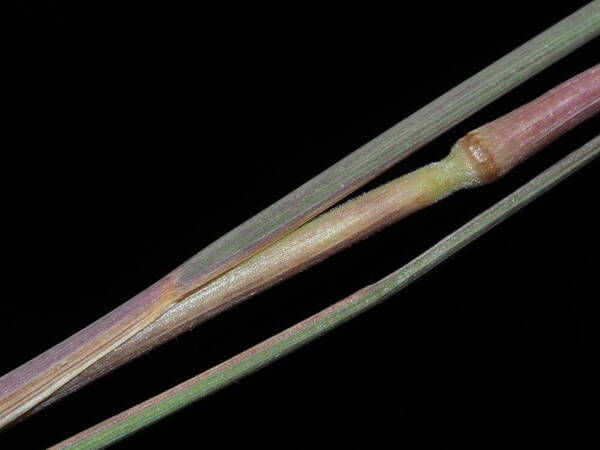
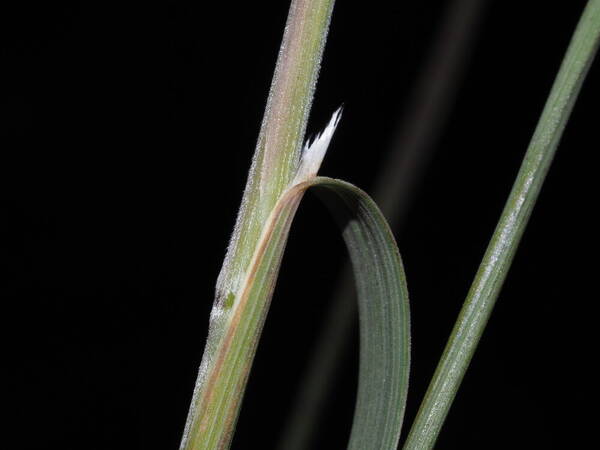
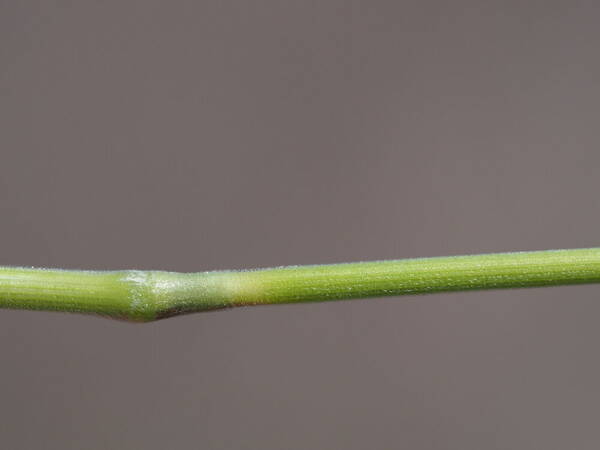
Description
Plants cespitose, sometimes loosely so. Culms 20-85(130) cm, mostly glabrous, pubescent below the panicles and near the nodes. Leaves primarily basal; sheaths pubescent or glabrous, usually breaking off with age, if disintegrating into fibers, then the fibers straight or nearly so; ligules 0.5-2 mm; blades 2-20 cm long, 0.5-3(4.5) mm wide, flat, involute when dry, minutely scabrous, occasionally glabrous or densely pubescent, margins of the basal blades glabrous or with hairs averaging shorter than 1 mm near the base. Panicles 4-27 cm long, 0.5-2 cm wide, interrupted at the base, otherwise dense; branches finely pubescent to villous. Spikelets 2.5-6.5 mm, obovate to obelliptic, with 2(3) florets; rachillas pubescent. Glumes 2.5-5 mm, ovate, membranous, green, scabrous except for the ciliate keels, apices acute; calluses pubescent; lemmas 2.5-6.5 mm, membranous, shiny, usually glabrous, sometimes scabrous, particularly on the keels, usually green when young, sometimes purple-tinged, stramineous at maturity, acuminate, midveins prolonged into a 1 mm awn; paleas shorter than the lemmas; anthers 1-2.5(3) mm. 2n = 14, 28.
(Description source: Barkworth, M.E., Capels, K.M. & Long, S. (eds.) 1993. Flora of North America, north of Mexico. Volume 24. Magnoliophyta: Commelinidae (in part): Poaceae, Part 1. Oxford University Press, New York. 911 pp. http://floranorthamerica.org/Koeleria_macrantha )
tall. Leaves primarily basal; sheaths hispid, sometimes densely so, rarely glabrous; ligule 0.5-1.5(-2) mm long, erose to subentire, ciliolate, sometimes puberulent; blades usually folded or involute, 1-2(-2.5) mm wide (when flat), hispid to glabrous, apex boat-shaped. Inflorescences paniculate, (2.5-)4-11(-15) cm long, contracted, spikelike, branches short, appressed, rachis densely puberulent; spikelets 4-5 mm long, 2(-4)-flowered, rachilla pilose; glumes subequal, scarious on keel and sometimes evenly scaberulous, first glume narrowly lanceolate to lanceolate, 2.8-4.5(-5) mm long, 1-nerved, second glume 3.2-5(-5.5) mm long, lanceolate, 1-3-nerved, the lateral nerves obscure; lemmas about as long as second glume, 3.2-5(-5.2) mm long, lanceolate, 5-nerved, the lateral nerves obscure, scaberulous, sometimes with a short awn near apex; palea usually as long as lemma, membranous. Caryopsis pale brown, laterally compressed, 1.6-2 mm long. [2n = 14, 28, 42, 70.]
(Description source: O’Connor, P.J. 1990. Poaceae, pp. 1481–1604. In: Wagner W.L., Herbst D.R. & Sohmer S.H. (eds.)., Manual of the flowering plant of Hawaiʻi. Vol. 2. University of Hawaii Press & Bishop Museum Press, Honolulu )